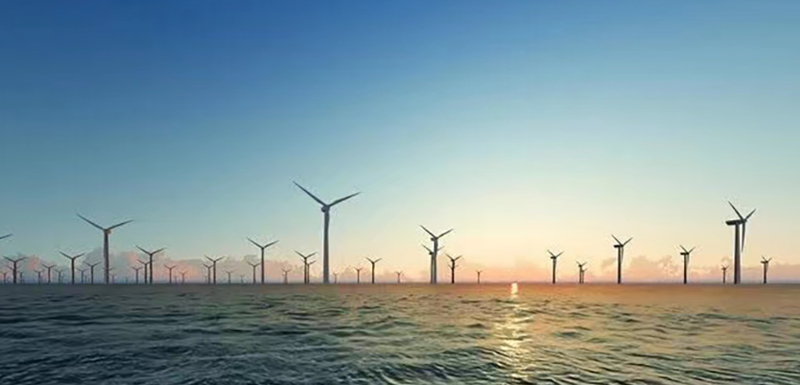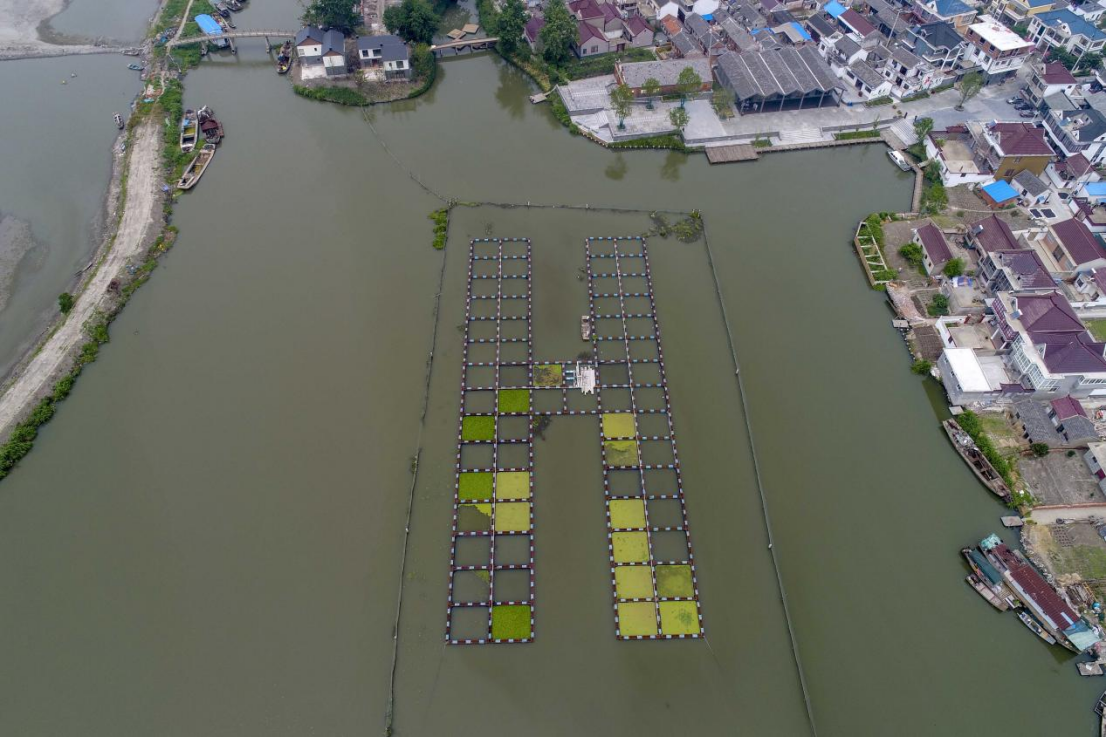Solution
As China accelerates the construction of its “blue granary,” the country’s marine ranching industry has witnessed unprecedented growth, driven by policy support, technological innovation, and surging market demand. Amid this thriving landscape, Qingdao-based Haosail Machinery Co., Ltd. has emerged as a standout player, gaining widespread recognition for its cutting-edge marine aquaculture equipment and securing multiple […]
Truss-type cage aquaculture, widely used in open-sea and large-water-area farming, demands high performance from cage nets—durability, anti-predation, and environmental adaptability are critical. Haosail Machinery’s alloy cage net (alloy cage net) is tailor-made for this scenario, integrating advanced material technology and aquaculture needs to solve core pain points for farmers. Below are its key advantages: 1. […]
In recent years, the challenges confronting mariculture (marine aquaculture) both domestically and internationally are characterized by multi-dimensional and in-depth features, focusing primarily on the following aspects: Escalating Pressure on the Ecological Environment Overloaded development of coastal waters is a core issue common to both domestic and international mariculture. Excessively high aquaculture density […]
In the dynamic world of modern marine aquaculture—where saltwater corrosion, fluctuating tides, and large-scale cage operations pose unique challenges—precision, durability, and efficiency are non-negotiable. Haosail Machinery, a trusted name in industrial automation, proudly presents its Automatic Bait Feeding System—a tailor-made solution engineered for marine environments, designed to eliminate manual errors, optimize resource usage, and elevate […]


